Apply WAF Web ACL to AppSync
AWS WAF can be applied to the following four types of resources
- ALB
- CloudFront
- API Gateway
- AppSync
In this article, we will check how to apply WAF to AppSync.
For details on how to apply WAF to ALB, please refer to the following page.
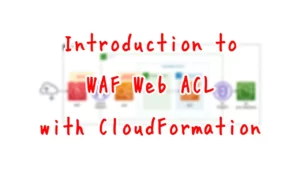
For information on how to apply WAF to CloudFront, please refer to the following page
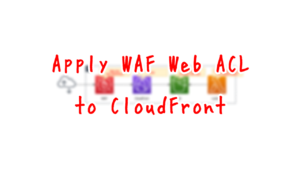
For information on how to apply WAF to API Gateway, please refer to the following page.

Environment

Create a WAF Web ACL.
Restrict geography.
Specifically, create your own rule group and set a rule to block access from Japan (JP) in it.
Apply the created Web ACL to AppSync.
Define a schema in AppSync and configure it so that the following operations can be realized.
- The data to be handled has two fields (key and datetime).
- A query to retrieve all stored data.
In this configuration, no data source will be created in AppSync.
So to achieve the above action, we define pseudo temporary data in the resolver.
Create a Lambda function as a client to execute the GraphQL API with AppSync.
Enable the Function URL so that the URL query parameter can specify the operation to be performed.
The runtime environment for the function is Python 3.8.
CloudFormation template files
The above configuration is built using CloudFormation.
The CloudFormation template is located at the following URL
https://github.com/awstut-an-r/awstut-fa/tree/main/055
Explanation of key points of template files
This page focuses on how to apply WAF to AppSync.
For more information on how to restrict geography with WAF, please refer to the following page

For information on how to build a type of AppSync with no data source, please check the following page
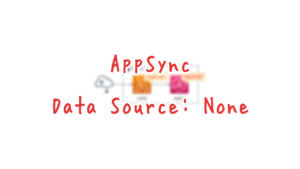
Web ACL
Resources:
WebACL:
Type: AWS::WAFv2::WebACL
Properties:
DefaultAction:
Allow: {}
Name: !Sub "${Prefix}-WebACL"
Rules:
- Name: !Sub "${Prefix}-WebACL-GeoRestriction"
OverrideAction:
None: {}
Priority: 0
Statement:
RuleGroupReferenceStatement:
Arn: !GetAtt RuleGroup.Arn
VisibilityConfig:
CloudWatchMetricsEnabled: true
MetricName: !Sub "${Prefix}-WebACL-GeoRestriction"
SampledRequestsEnabled: true
Scope: REGIONAL
VisibilityConfig:
CloudWatchMetricsEnabled: true
MetricName: !Ref Prefix
SampledRequestsEnabled: true
Code language: YAML (yaml)The Scope property is the key.
It is “CLOUDFRONT” if the Web ACL is applied to CloudFront, and “REGIONAL” for other resources.
In this case, since this is AppSync, the latter is used.
Resources:
WebACLAssociation:
Type: AWS::WAFv2::WebACLAssociation
Properties:
ResourceArn: !Ref ApiArn
WebACLArn: !GetAtt WebACL.Arn
Code language: YAML (yaml)By creating an AWS::WAFv2::WebACLAssociation resource, you can apply WAF to AppSync.
Specify the ARN of the AppSync API in the ResourceArn.
(Reference) AppSync
Resources:
GraphQLApi:
Type: AWS::AppSync::GraphQLApi
Properties:
AuthenticationType: API_KEY
Name: !Sub "${Prefix}-GraphQLApi"
DataSource:
Type: AWS::AppSync::DataSource
Properties:
ApiId: !GetAtt GraphQLApi.ApiId
Name: DataSource
Type: NONE
GraphQLSchema:
Type: AWS::AppSync::GraphQLSchema
Properties:
ApiId: !GetAtt GraphQLApi.ApiId
Definition: |
schema {
query: Query
}
type Query {
listSampleDatas: [SampleData]
}
type SampleData {
key: String!
datetime: String
}
ListSampleDatasResolver:
Type: AWS::AppSync::Resolver
DependsOn:
- GraphQLSchema
Properties:
ApiId: !GetAtt GraphQLApi.ApiId
DataSourceName: !GetAtt DataSource.Name
FieldName: listSampleDatas
Kind: UNIT
RequestMappingTemplate: |
{
"version": "2018-05-29",
}
ResponseMappingTemplate: |
[
{
"key": "hoge",
"datetime": "2022-05-15 12:34:56.7890"
},
{
"key": "foo",
"datetime": "2022-05-16 12:34:56.7890"
},
{
"key": "bar",
"datetime": "2022-05-17 12:34:56.7890"
}
]
TypeName: Query
Code language: YAML (yaml)Create AppSync without data source.
Since no data source is provided, configure it so that it can respond to queries from clients by defining data in response mappings in the resolver.
(Reference) GraphQL client Lambda function
import json
import os
import time
from gql import Client, gql
from gql.transport.aiohttp import AIOHTTPTransport
api_key = os.environ['API_KEY']
graphql_url = os.environ['GRAPHQL_URL']
transport = AIOHTTPTransport(
url=graphql_url,
headers={
'x-api-key': api_key
})
client = Client(transport=transport, fetch_schema_from_transport=True)
def lambda_handler(event, context):
document = gql(
"""
query ListSampleDatas {
listSampleDatas {
key
datetime
}
}
"""
)
result = client.execute(document)
return {
'statusCode': 200,
'body': json.dumps(result, indent=2)
}
Code language: Python (python)Lambda function to execute a GraphQL query.
In this case, we will use GQL as the GraphQL client library for Python.
https://github.com/graphql-python/gql
Using GQL, execute the query defined in the schema.
The execution results are returned to the client.
Architecting
Use CloudFormation to build this environment and check the actual behavior.
Prepare deployment package for Lambda function
There are three ways to create a Lambda function.
In this case, we will choose the method of uploading a deployment package to an S3 bucket.
For more information, please refer to the following page
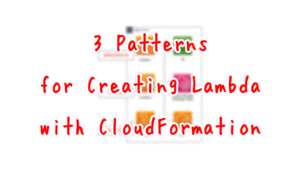
Prepare deployment package for Lambda layer
Prepare the aforementioned GQL as a Lambda layer.
For more information on the Lambda layer, please refer to the following page.
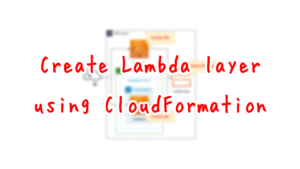
The command to create a package for the Lambda layer is as follows
$ sudo pip3 install --pre gql[all] -t python
$ zip -r layer.zip python
Code language: Bash (bash)Create CloudFormation stacks and check resources in stacks
Create a CloudFormation stacks.
For information on how to create stacks and check each stack, please refer to the following page

After checking the resources in each stack, information on the main resources created this time is as follows
- AppSync API: fa-055-GraphQLApi
- Function URL for the GraphQL client Lambda function: https://ygsu4o3c4grz5sjsdxquyqyngi0rxvbw.lambda-url.ap-northeast-1.on.aws/
We will also check the resources from the AWS Management Console.
First, check AppSync.

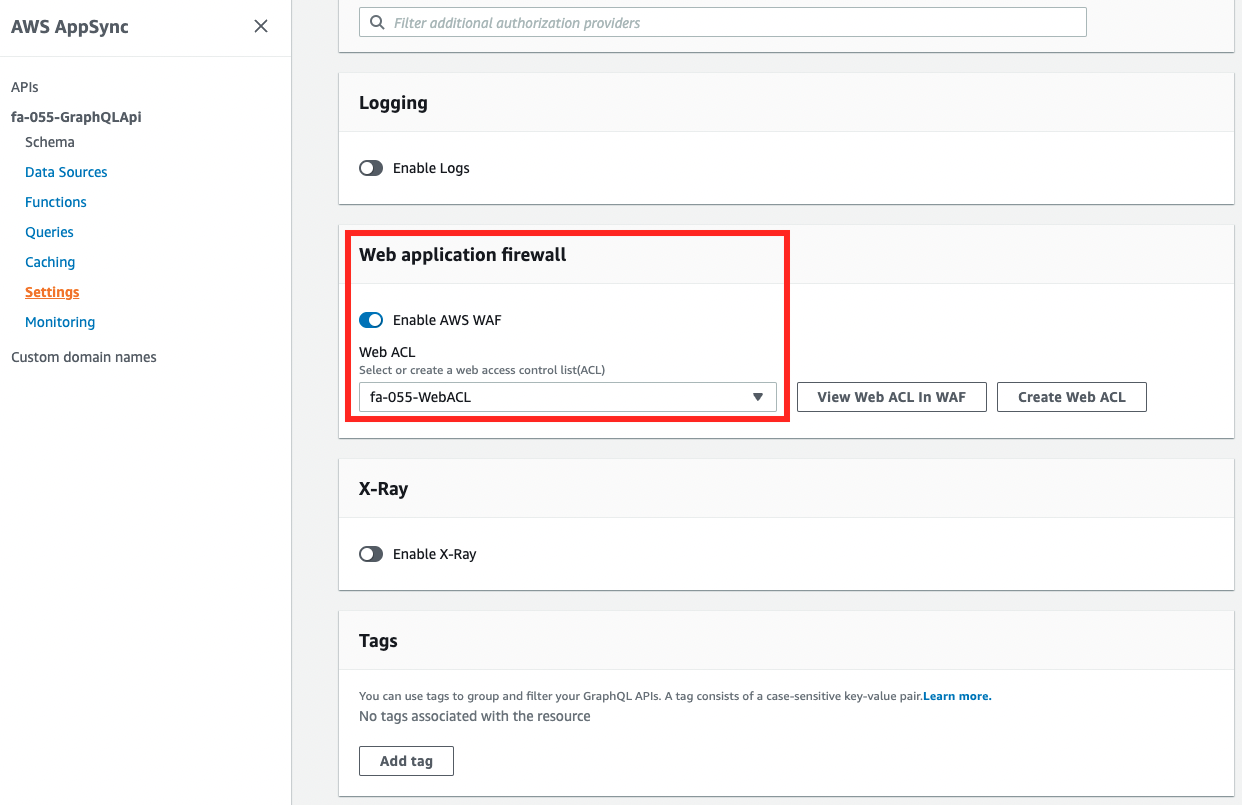
The AppSync API has been created and WAF has been applied.
In other words, when you try to access the API URL, it will be inspected by WAF.
The details of the created AppSync API are as follows.
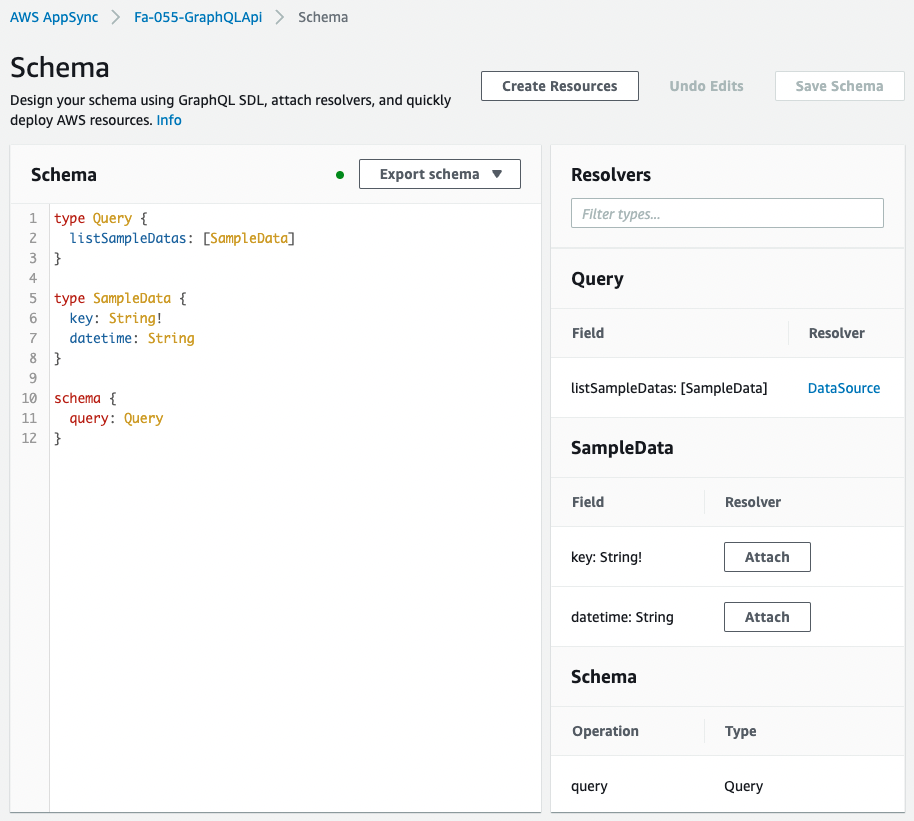
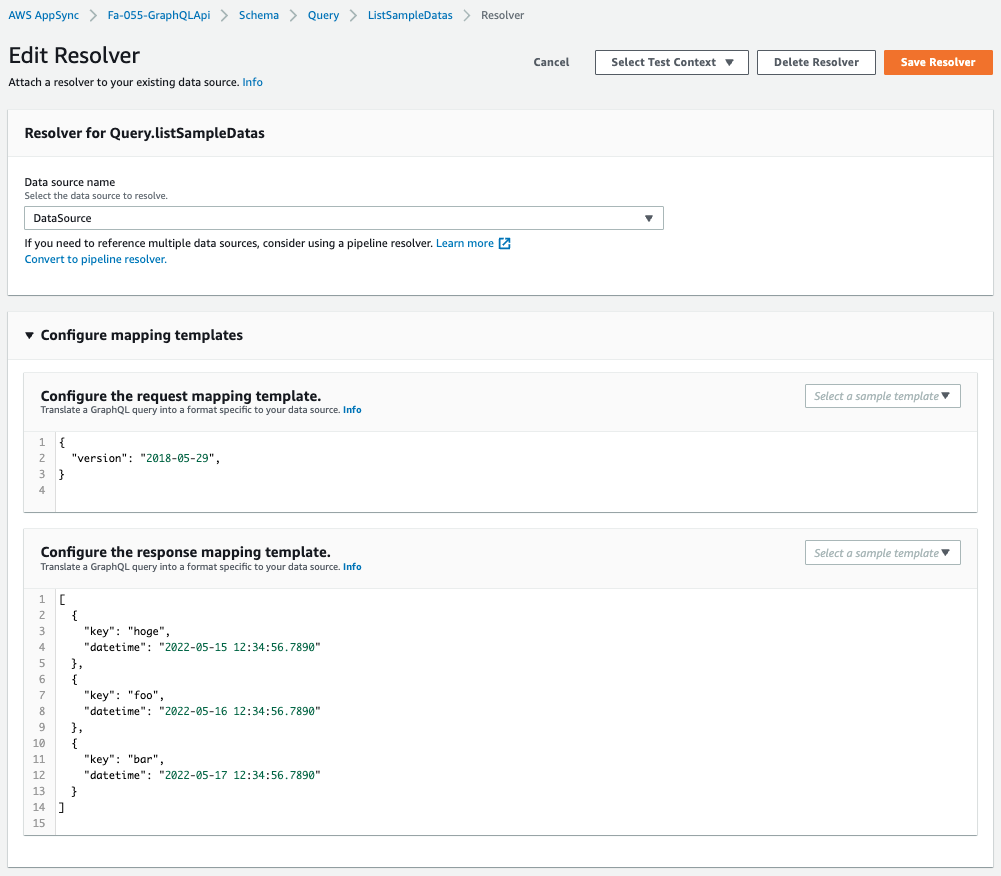
The API is created as defined in the CloudFormation template.
Since there is no data source for this API, executing a listSamapleDatas query will return the values defined in the response mapping.
Next, check the WAF.

From the WAF side, we can confirm that the target to be applied is AppSync.
Checking Action
Now that everything is ready, access the Function URL of the GraphQL client Lambda function.

An error is returned.
This means that AppSync was accessed from a Lambda function created in the Japan region and was blocked by the WAF deployed in front of it.
To confirm, change the action of the geo-restriction.

We changed the action of the rule from blocking to counting, i.e., keeping the rule alive but only counting the number of traffic that corresponds to the rule.
We access the Lambda function again.
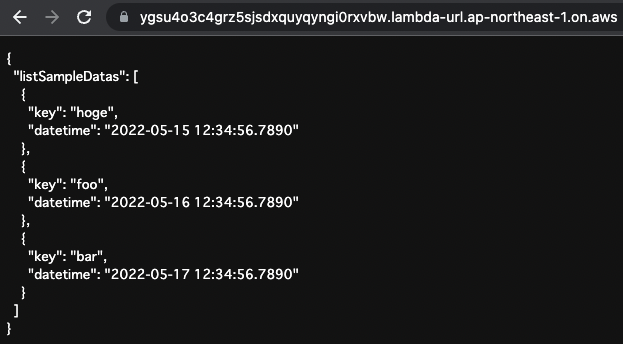
The result of the AppSync execution is returned.
This is because the rule action has been changed from block to count only, and access is now possible.
Summary
We have confirmed how to apply WAF ACL to AppSync.